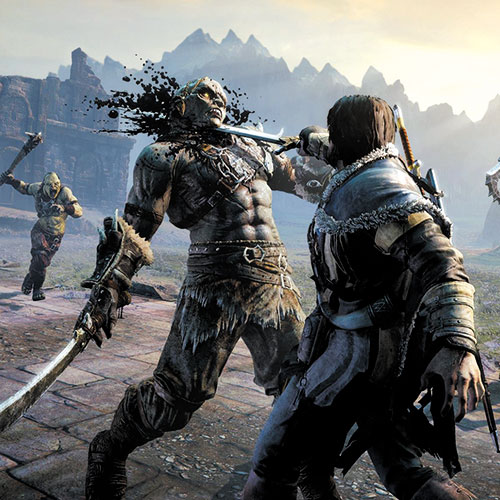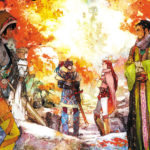Paige FTW: Tolkien’s Long Shadow

I may have grown up in the age of Harry Potter, but as I’ve gotten older, it has been the stories of Frodo Baggins that have ensnared my heart and imagination.
I’ve mentioned in this space before that I quite like Middle-earth: Shadow of Mordor, both as a game and a concept. (I’ve yet to play sequel Shadow of War because I am by nature very slow in my gaming habits.)
But revisiting the original books, reading The Silmarillion (where Celebrimbor is a fairly important character), rewatching the movies makes me wonder — how does this all work with the established lore?
There’s been much said as to whether the magic is feasible within the established rules of J.R.R Tolkien — would it even be possible to “summon” the spirit of a dead elven lord, whether Talion could really get killed over and over, whether ring forging works that way — but I feel the Shadow games are little more than escapist fantasy for quite a different reason.
Tolkien was not a man who embraced darkness. The terrible power of Sauron was never delineated. There are no long, graphic descriptions of what exactly the Dark Lord did to his realms that was so terrible and evil. Do orcs rape and pillage? We don’t know. We just know that everything is generally terrible under Sauron, but the exact nature of his evil deeds remain ambiguous.
To refuse to address the evil is, in Tolkien’s way, a denial of its power. Think of it as a subversion of He-Who-Must-Not-Be-Named in the Harry Potter universe. In this case, Tolkien is perfectly content naming the evil man — but he won’t give light to his actions, and in this way rhetorically mutes his power.
By forcing players to confront the gore and cruelties of an orc-controlled Mordor, the Shadow games, in their way, violate that very spirit of nameless evil. We know exactly what cruelties these orcs execute on themselves and others. We witness all manner of torture and beatings. Talion wreaks his vengeance with equal brutality.
The nature of evil has changed.











